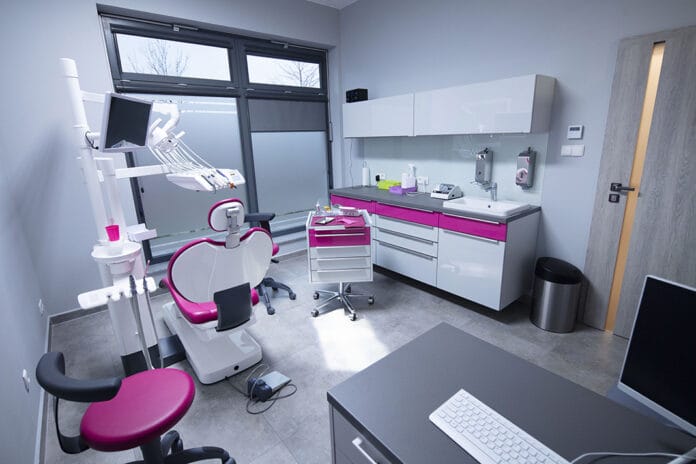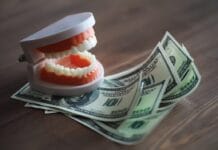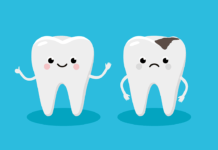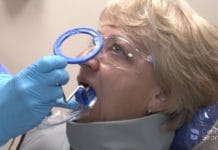We all have those no-show patients, canceled or broken appointments, or a hole in our schedule. One issue seen in the clinical setting is the dilemma of clocking in and out if patients cancel. In my opinion, you are at work, and it is not your fault you do not have a patient.
But this is not a perfect world, so some are still required to clock out from time to time. Unless you are asked to come into the office later, leave early, or take a longer lunch, being asked to clock out between patients is a violation of the U.S Department of Labor Fair Labor Standards Act (FLSA).1
“If a hygienist has a patient cancel or no-show to an appointment, they are considered to be engaged to wait, according to the FLSA. This is defined as any time that an employee is waiting for work to do under the normal parameters of the position. An example of this would be a receptionist waiting for a patient to arrive or for the phone to ring. Therefore, they should be considered on duty and paid for the time.”1
This definitely can be considered an ethical dilemma that can cause an uncomfortable work environment. Being constantly asked to come in late, take a long lunch, or leaving early can cause the clinician to lose hours, affecting their weekly pay as well as any possible benefits. Dental hygienists have a lot of responsibilities behind the scenes before and after that patient is in the chair.
In these types of situations, how will office tasks be accomplished? This article serves as ideas to stay busy and what you can express to your office manager or employer why there is not a need to clock out. Below are 10 ways to stay busy.
1) Organize /clean the operatory or supply closet
We are busy people, so sometimes things can get cluttered. You may be low on supplies, so here is your chance to stock up again. Think about your supply closet or wherever you store extra supplies. In my office, there is always a ton of toothpaste. So why not make sure the earlier expiration dates are first to be given to patients?
Reorganizing your room or closet can improve the flow of setting/cleaning up your unit. It makes sense to have all supplies close by to make it efficient and, of course, practical!
2) Prepare patient goodie bags
Some offices like to have goodie bags ready to go. So, if you have the time, why not?! Making bags in advance can save you time later on.
3) Help out the front desk
Making calls and confirming patients are a great way to help improve your schedule in the future. If you do recall postcards, you can help fill those out too. Just ask what you can do to help them out. In this example, when you don’t have a huge gap between patient appointments, it would be effective to have a patient list who are overdue ready to go so you can grab the list and start calling.
4) Helping a fellow hygienist
This could mean helping them clean their room or with periodontal charting. It is super helpful to have extra hands plugging in the probe depths. Each office is different, so the best way to help each other succeed is to create a protocol prior (maybe a hygiene team meeting). Some offices have messaging systems to communicate with each other without stepping out of the operatory. If that’s the case, you message a fellow hygienist if they are available, and this creates a better appointment flow. It’s also great that you do not need to leave the patient in this scenario.
5) Sterilization
Sterilization can be crazy at times, especially if you have many clinicians treating patients at one time. Helping out in the back can help avoid not having necessary instruments and continue the sterilization process flow. Being organized and having time management will be important to make this process continuous. This could mean having the sterilization wrap or bags (or whatever you put your instruments in) ready to go and making sure the correct amount of water is in the autoclaves. Once the autoclaves are done, take the instruments out and be ready to add new ones in so they do not fall behind with loads of instruments needing to be sterilized.
6) Go through your patient charts
One way to be prepared for the next shift is by reviewing your upcoming patients’ charts. Do they need radiographs, an exam, or an updated periodontal chart? It also prepares you for what is coming up.
7) Sharpen instruments
This is extremely important to the care you provide. You need some time to sharpen your instruments properly because dull instruments can do more damage than good to both the clinician and patient.
8) Order some samples
Many companies have resources for dental professionals, and one resource is free samples, which I love. They are easy to order right on their website and usually are shipped free directly to the office.
9) Education time
If you have a more extended break between patients, why not complete some continuing education courses. There are many online resources that provide CE. If you do not have time to take a CE course, maybe read the latest on what’s going on in the profession. We are lifetime learners, so here is an opportunity to update yourself.
10) Relax for a minute
Taking a step back and having a breath is also very important to your mental and physical health. This can be an opportunity to have a drink of water or a quick snack. The constant go-go-go can be overwhelming or tiring after a while.
In Closing
Discuss with your employer all the duties that need to be done in these types of situations. This is advocating for yourself. If you are not on the clock, it will not get done. If these tasks are not done, this can result in problems in workflow and patient care. Remember, you are a value to the office with or without patients.
Need CE? Check Out the Self-Study CE Courses from Today’s RDH!
Listen to the Today’s RDH Dental Hygiene Podcast Below:
Reference
- Graves DeMarco, A. (2020, February 26). How to Spot a Toxic Dental Office during a Job Interview. Today’s RDH. https://www.todaysrdh.com/how-to-spot-a-toxic-dental-office-during-a-job-interview/












